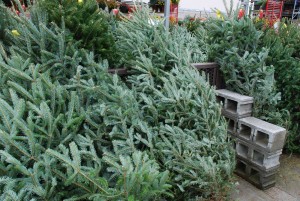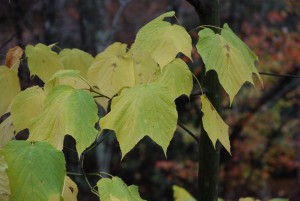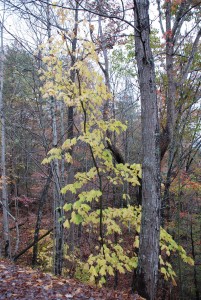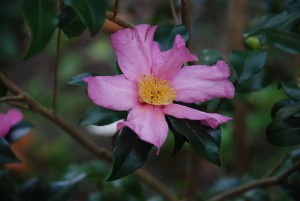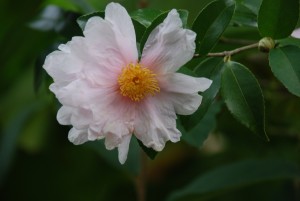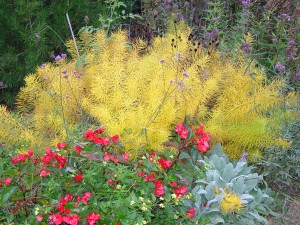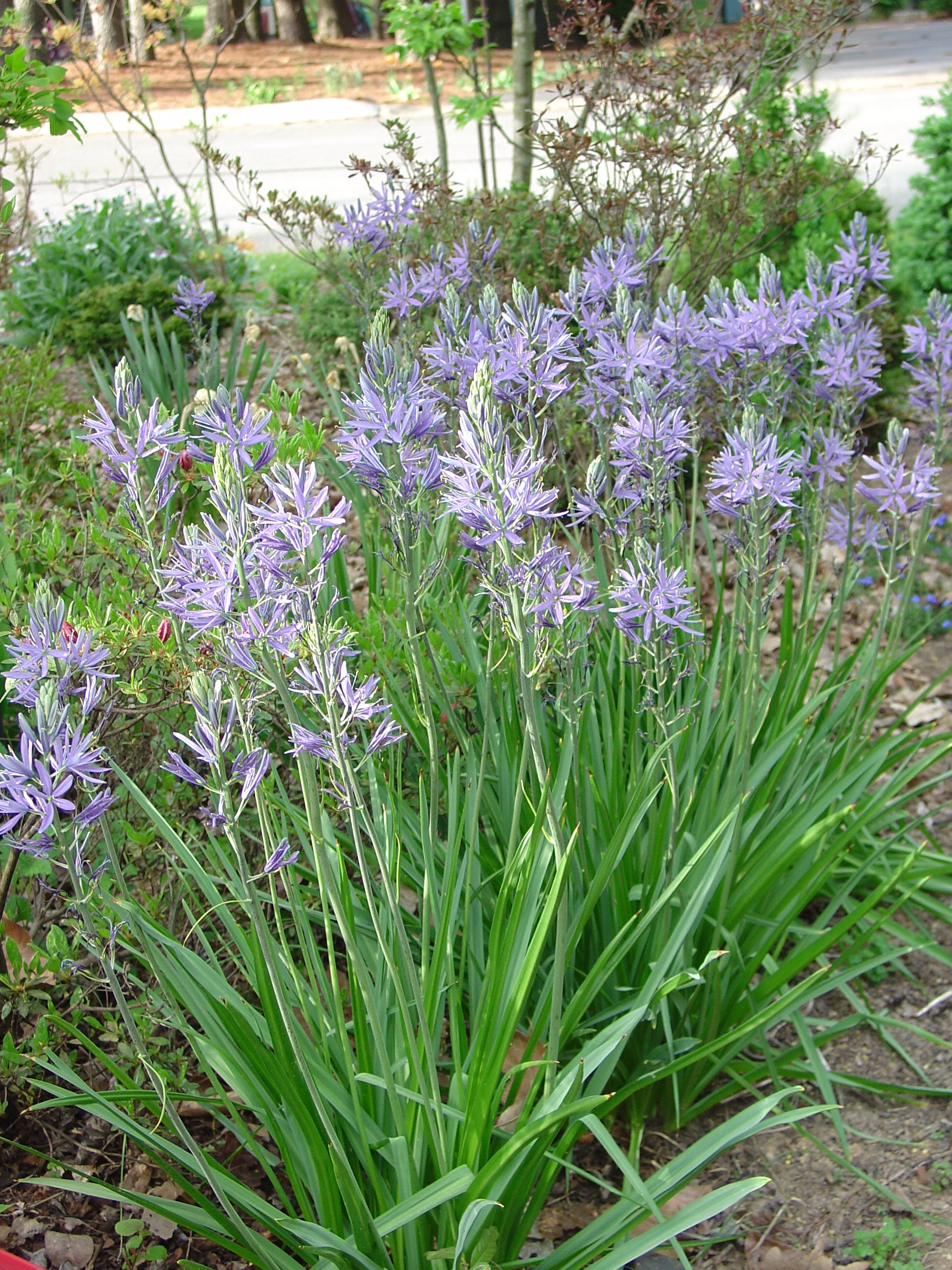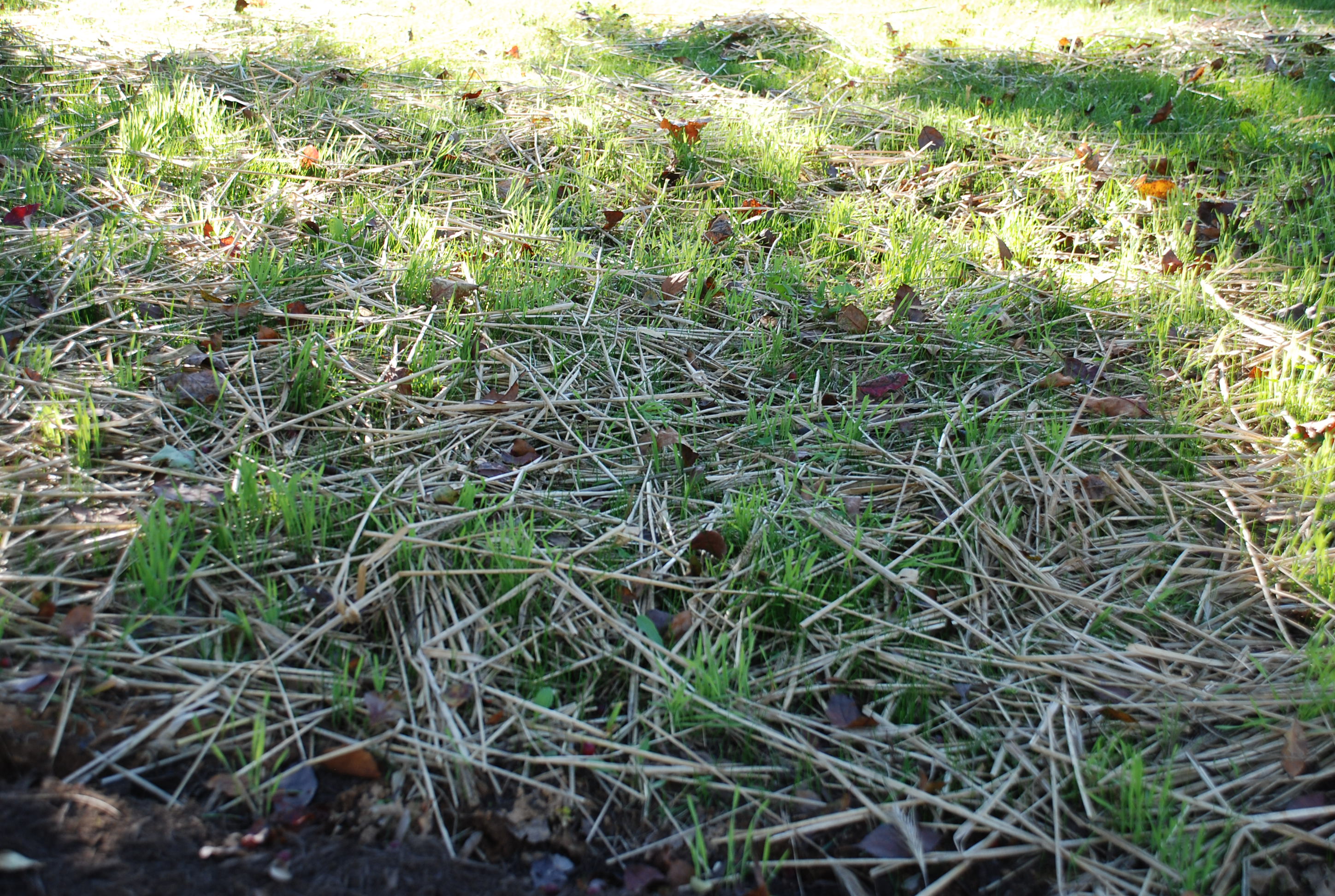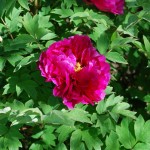The holidays are over. This year take your live Christmas tree to a designated location to be recycled. Many cities and towns collect trees which are chipped into mulch. The mulch is spread around municipal park trees and street trees. It is utilized for erosion management along stream banks and on steep slopes. Mulch is also distributed to gardeners in the spring.
Communities pile up recycled trees as protective habitats for birds and other wildlife. Whole trees may be deposited into lakes and ponds as fish habitats, particularly for bottom feeders. Along fragile coastal areas trees are used to protect and restore dune areas.
Recycled trees protect newly planted young saplings from severe winter winds and serve as snow breaks in forests and park plantings. They also prevent deer and other varmints from feeding on newly planted tree seedlings.
Regarding trees to be recycled, here are a few caveats:
- Remove the stand and all decorations (lights, tinsel, ornaments, plastic garland, all metal items)
- Whether recycled or for curbside pickup, don’t wrap tree in a plastic bag
Many local communities advertise special drop-off points or collection times for discarded holiday trees. Check your local newspaper, city website or community recycling center for information. If tree recycling is not offered, maybe you and some friends can help organize one.

